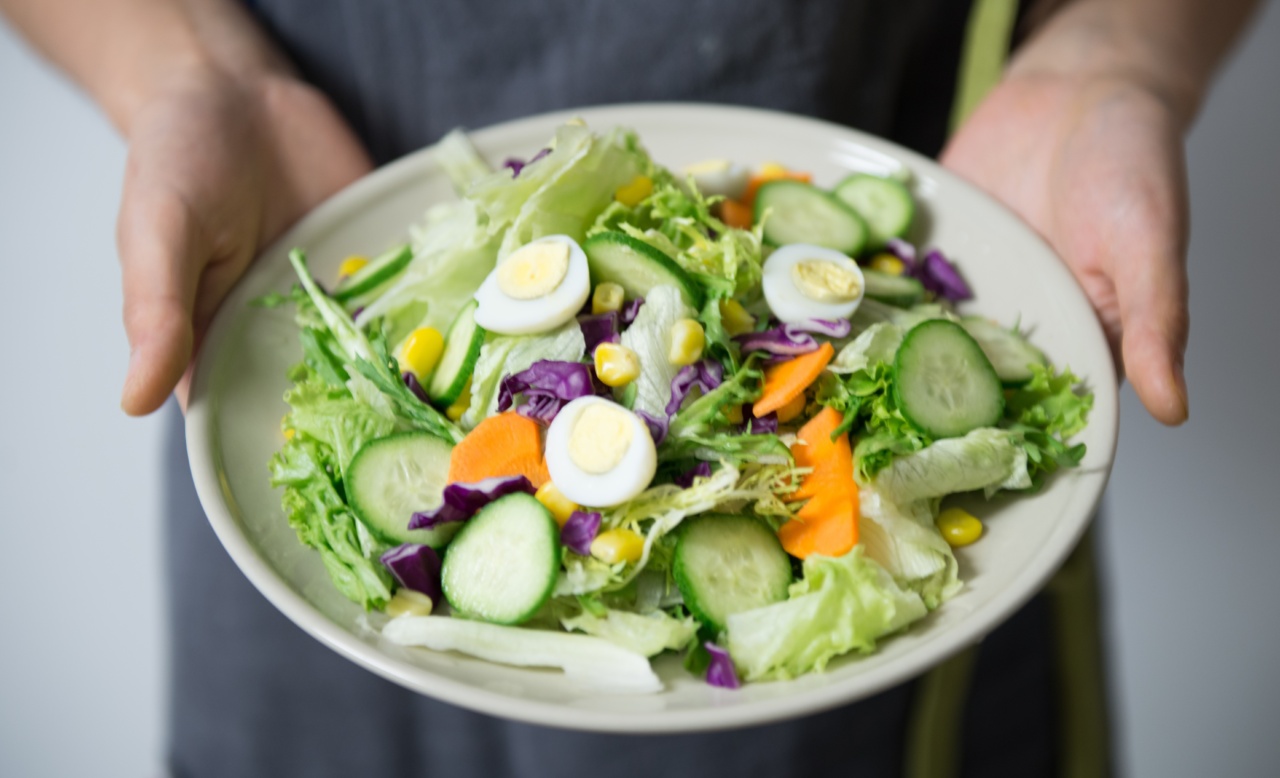Have you ever walked into a restaurant and felt immediately drawn to the beautifully arranged dishes on display? Or perhaps you’ve scrolled through social media, stumbling upon stunning food photography that made your mouth water? These allurements are not simply the result of a well-prepared meal, but rather the art of food presentation. While taste is undoubtedly important, the presentation of food plays a crucial role in our overall dining experience. However, there are instances where food presentation falls short and fails to appeal to our senses.
In this article, we will explore the significance of food presentation and how it can impact our perception of a meal.
The Visual Aspect
When it comes to food, presentation is not merely about making the dish look attractive. It goes beyond aesthetics and taps into our instinctual responses.
Humans are visually driven creatures, and our sense of sight influences our preferences, desires, and expectations. A well-presented dish stimulates our visual senses, creating anticipation and excitement.
Imagine being served a plain plate of food with no thought given to its arrangement or garnish. The lack of visual appeal can lead to a sense of disappointment or even aversion, regardless of how delicious the meal might taste.
On the other hand, a beautifully plated dish can enhance our perception of flavor and quality before we even take the first bite.
The Psychological Impact
Food presentation also has a significant psychological impact on our dining experience. How a dish is presented affects our perception of its value, freshness, and even the skill of the chef.
It can evoke emotions, memories, and cultural references that add depth to our enjoyment of a meal.
Consider the difference in experience between being served a dish that looks as if it was hastily thrown together versus one that is meticulously arranged with attention to detail.
The latter conveys a sense of care, skill, and effort put into the preparation, making us appreciate the meal even more.
Enhancing the Dining Experience
Food presentation is not limited to fancy restaurants or elaborate creations. Even everyday meals can be transformed into extraordinary experiences through thoughtful presentation.
Dedicating time to arrange your home-cooked meal with care shows that you value the eating experience and allows you to savor the flavors and textures of your dish.
Furthermore, food presentation can elevate social gatherings and special occasions. A beautifully presented table, garnished dishes, and artfully arranged platters create an atmosphere of celebration and enjoyment.
It not only enhances the visual appeal but also sparks conversations and makes the dining experience more memorable for everyone involved.
The Role of Colors, Textures, and Shapes
When it comes to food presentation, colors, textures, and shapes are crucial elements that can influence our perception of taste and overall enjoyment.
Colors play a significant role in food presentation as they evoke emotions and stimulate our appetite. Vibrant and contrasting colors can make a dish more visually appealing and appetizing.
For example, a salad with a variety of colorful vegetables creates an impression of freshness and healthiness.
Textures also contribute to the overall experience of a dish. A combination of crunchy and smooth elements can provide a satisfying sensory experience. Incorporating different textures into a dish adds complexity and intrigue.
Shapes, whether of ingredients or the overall arrangement, play a role in creating visual interest. Using geometric shapes or asymmetry can make a dish more visually appealing.
Additionally, playing with plate composition and negative space can draw attention to the focal points of a dish, such as the main protein or a vibrant sauce.
The Importance of Plating Techniques
Plating techniques play a vital role in food presentation. Mastering these techniques allows chefs and home cooks to transform a dish into a visually stunning masterpiece.
Some popular plating techniques include stacking, layering, and arranging ingredients in a deliberate manner. The use of garnishes, sauces, and edible flowers can further enhance the dish’s aesthetic appeal.
Proper spacing and attention to detail add finesse to the overall presentation.
However, it is essential to strike a balance between an artful presentation and practicality. An overly complicated or excessively garnished dish may overwhelm the palate or distract from the flavors of the actual meal.
Personal Preferences and Cultural Influences
While there are general principles and techniques when it comes to food presentation, personal preferences and cultural influences also play a significant role. What one person finds visually appealing may differ from another.
Furthermore, cultural practices and traditions shape our perception of food presentation. Different cultures prioritize various aspects such as family-style dining, intricate table settings, or specific arrangements based on symbolic meanings.
Challenges in Food Presentation
While it is crucial to strive for appealing food presentation, there are challenges that chefs and home cooks may face.
Time constraints can make it difficult to dedicate as much effort to presentation as desired. In a busy kitchen or when hosting a large gathering, prioritizing speed and efficiency may overshadow elaborate plating techniques.
Additionally, certain dietary restrictions or allergies can limit the use of certain ingredients or techniques that could enhance food presentation.
However, creativity and innovation can help overcome these challenges, opening up new possibilities for appealing presentations.
Restaurants and the Power of Presentation
The impact of food presentation is particularly evident in the restaurant industry.
In an era where capturing the perfect food photo to share on social media has become a cultural phenomenon, restaurants put considerable effort into making their dishes visually appealing.
Menus are designed to tempt customers through enticing descriptions and mouthwatering images. Chefs and their teams invest time in training and perfecting plating techniques to consistently deliver well-presented meals.
The use of unique serving dishes and artistic garnishes has become common practice for many establishments.
Restaurants are also exploring unconventional presentation methods to create memorable experiences. Some utilize molecular gastronomy techniques involving smoke, foams, or edible containers to surprise and delight diners.
These innovative presentations contribute to the overall experience and generate excitement around the meal.
Conclusion
Food presentation is more than just arranging ingredients on a plate; it is an art form that engages our senses, evokes emotions, and enhances our dining experience.
A well-presented dish can elevate the taste, value, and enjoyment we derive from a meal, while a lackluster presentation can leave us underwhelmed.
Whether at a restaurant or in your own kitchen, paying attention to the visual aspect of food presentation is an opportunity to indulge in creativity, heighten our culinary experiences, and truly savor the beauty of food.





























